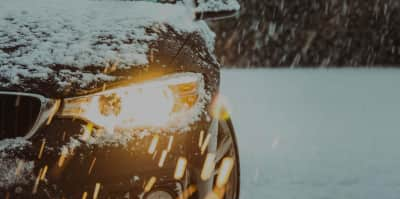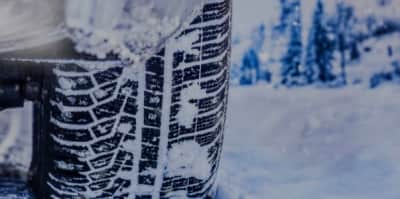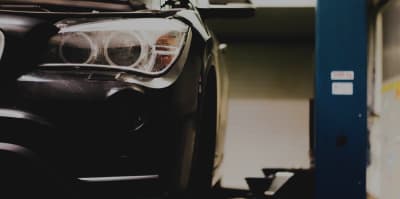
The camshaft, located beneath the engine, is another critical part of any car and fitted in a variety of conformations, each one operating with slight differences. In addition to the standard design, there is the overhead camshaft and the dual overhead version.
The camshaft rotates in conjunction with the crankshaft of a car. It performs a service that involves the mixture of air and fuel entering cylinders and the gases emitted from them, in an action repeated many thousands of times.
The camshaft has attached to it protruding oblong lobes, one for each valve. The lobes exert pressure on the valves, or a transitional mechanism forcing them to open as they rotate. The performance of an engine at different speeds can be affected by the shape of these lobes! The intake valve begins its opening process from the lobe as the piston starts its downward combustion stroke. This force of the piston rising, forces gases out, and on the piston reaching the top of its cycle, the valve closes.
Get quotes for an engine repair job
If the cylinders of car are all in line, it is fitted with an overhead camshaft, with one camshaft needed for each line of cylinders. Should your car boast an engine displaying a “V” in front of the number of cylinders, such as “V8”, two camshafts will service the two lines of cylinders. The operation of this camshaft version differs from that of a standard component, with the lobes in the overhead model moving the rockers at the top of the cylinder, resulting in the opening and closing of the valves. The action on this model is performed with powerful springs, but both types of camshaft are driven by the crankshaft, through the timing belt or timing chain.
For those vehicles with more powerful engines, possibly with each cylinder having four or even more valves, dual overhead camshafts are fitted. In effect, there are two camshafts for each line of cylinders, designed and needed to service the number of valves extra air and enter the cylinder, with the gases being expelled with greater force resulting in added engine power.
Generally, car engines rely on single timing; the rotation of the camshaft with the speed at which the valves open and close, but there are options. In certain vehicles the valve timing can be adjusted or at least designed to forward it slightly. For example, it effectively moves on the valve closing or when opening.
Get quotes for an engine repair job






